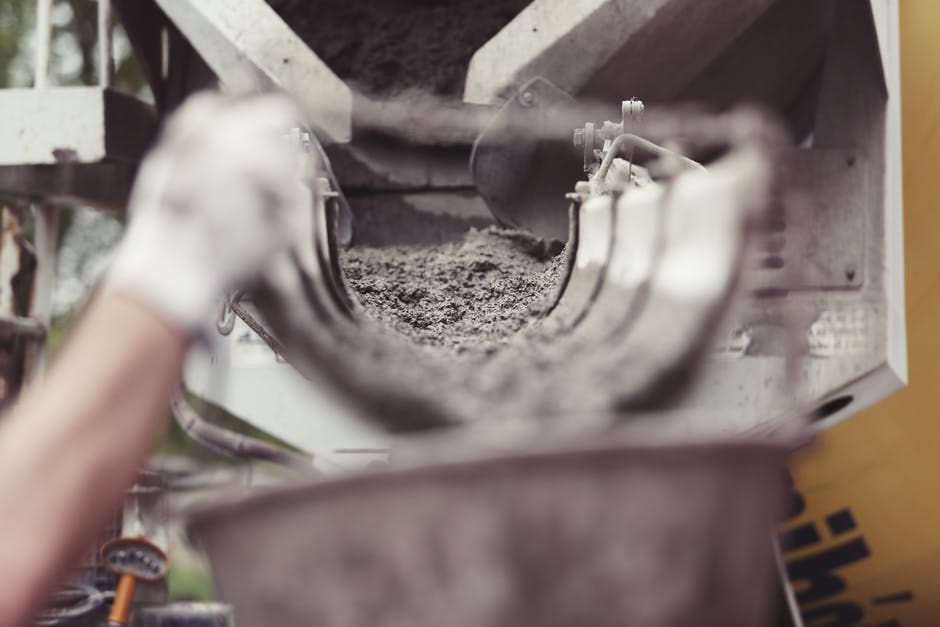Select Language:
Separation Technology is often misunderstood or overlooked, but every single day we unknowingly come into contact with foods, buildings, and objects made possible by the unique services provided by our equipment.
Besides improving the quality of your product, additional benefits to separating minerals include cutting operational and investment costs, reducing transport costs by pre-processing, and eliminating wet processes, as well as associated water and waste treatment.
While there are nearly limitless possibilities, take a look at a few of the most prevalent below, and think of ST Equipment & Technology the next time you get an X-Ray.
Barite is a naturally-occurring mineral with a variety of applications, thanks to its high density and chemical inertness.
Used in the Drilling industry to compensate for high-pressure zones when drilling mud, Barite is also a soft mineral which acts as a lubricant and protects the equipment from potential damage.
When put to work in the Medical field, Barite is most often utilized during patient X-Ray scans, due to its ability to block X- and Gamma-Ray emissions in hospitals, power plants, and laboratories. By using Barite, doctors are able to view the outline of the gastrointestinal tract, colon, and diagnose esophagus issues by having the patient consume a small amount of the mineral.
Fly Ash is produced as a result of burning pulverized coal, and can be tricky to dispose of due to the potential health hazards of its heavy metal composition.
Fortunately, Fly Ash has some very useful applications when it comes to Concrete manufacturing. Asphalt, bricks, paints, tiles, and backfill are all made stronger, more resistant, and more durable when manufactured with Fly Ash combined with lime and water. The process is environmentally friendly, and the concrete is of impeccable quality – making fly ash a champion of recycling, disposal, and smart manufacturing processes.
Calcium Carbonate is a common chemical compound found in many naturally occurring substances such as pearls, shells, snails, eggs, and agricultural lime.
Due to its uniform white color and light-scattering optical properties, Calcium Carbonate is renowned for its usefulness in Paper production, as well as paints, plastics, coatings, fillers, adhesives, and sealants.
A popular ingredient in the Food and Medicine industries, Calcium Carbonate may factor higher in your diet than you ever realized. Used as a dietary supplement, antacid, phosphate binder, and base for medicinal pills or tablets, Calcium Carbonate is also found in baking soda, many toothpastes, dry mixes, doughs, and wines; as well as animal feed. So, even if you aren’t consuming this chemical compound, your pets and livestock are!
When recrystallized under the right conditions, Calcium Carbonate can form marble. But more than that, it is a vital piece of the Construction industry. Like fly ash, it can be aid in the composition of concrete, and is used as a mortar for bonding bricks, concrete blocks, stones, roofing shingles, rubber compounds, and tiles. In its decomposed state, Calcium Carbonate deposits carbon dioxide and lime, both useful in making steel, glass, and paper.
The possibilities are endless!
Enhance your product by producing a higher grade, utilizing the various operations of our equipment to produce different grades, or recovering valuable minerals from waste streams/tailings. Of course, you could also enable processing of lower grade raw materials, thereby extending the life of quarries.
Contact ST Equipment & Technology today to learn more about how our equipment can improve your business and product.